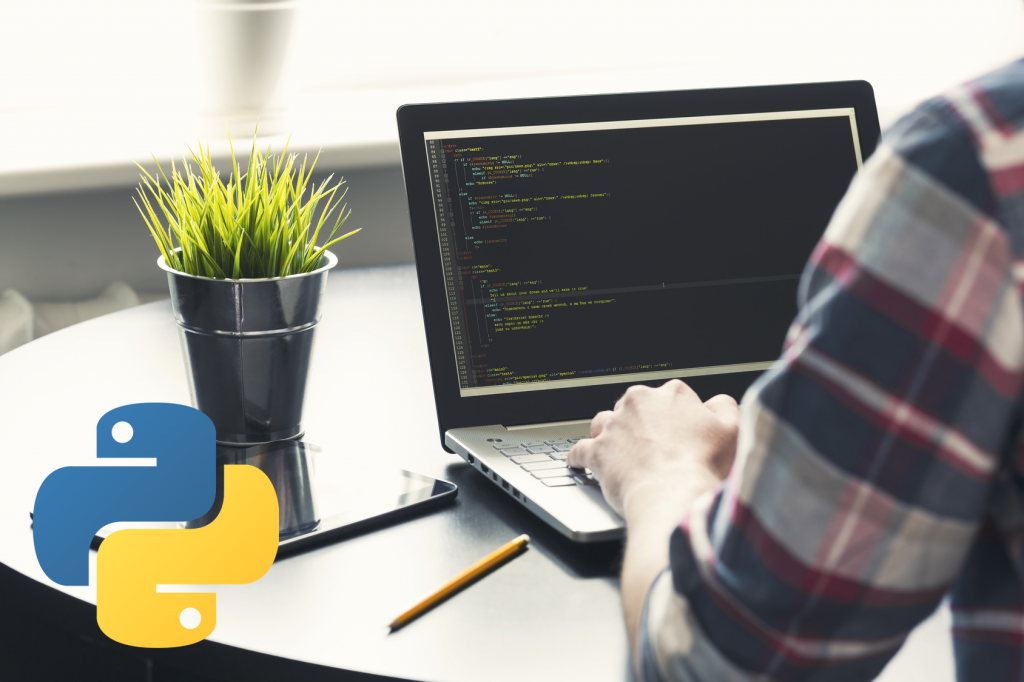Modules
Chapter 01: What is coding? – It’s a lot like cooking!
Lesson 01: Introduction
Lesson 02: Coding is like Cooking
Lesson 03: Anaconda and Pip
Lesson 04: Variables are like containers
Chapter 02: Don’t Jump Through Hoops, Use Dictionaries, Lists and Loops
Lesson 01: A List is a list
Lesson 02: Fun with Lists!
Lesson 03: Dictionaries and If-Else
Lesson 04: Don’t Jump Through Hoops, Use Loops
Lesson 05: Doing stuff with loops
Lesson 06: Everything in life is a list – Strings as lists
Chapter 03: Our First Serious Program
Lesson 01: Modules are cool for code-reuse
Lesson 02: Our first serious program : Downloading a webpage
Lesson 03: A few details – Conditionals
Lesson 04: A few details – Exception Handling in Python
Chapter 04: Doing Stuff with Files
Lesson 01: A File is like a barrel
Lesson 02: Auto Generating Spreadsheets with Python
Lesson 03: Auto Generating Spreadsheets – Download and Unzip
Lesson 04: Auto Generating Spreadsheets – Parsing CSV files
Lesson 05: Auto Generating Spreadsheets with XLSXwriter
Chapter 05: Functions are like Food Processors
Lesson 01: Functions are like Food processors
Lesson 02: Argument Passing in Functions
Lesson 03: Writing your first function
Lesson 04: Recursion
Lesson 05: Recursion in Action
Chapter 06: Databases – Data in rows and columns
Lesson 01: How would you implement a Bank ATM?
Lesson 02: Things you can do with Databases – I
Lesson 03: Things you can do with Databases – II
Lesson 04: Interfacing with Databases from Python
Lesson 05: SQLite works right out of the box
Lesson 06: Manually downloading the zip files required
Lesson 07: Build a database of Stock Movements – I
Lesson 08: Build a database of Stock Movements – II
Lesson 09: Build a database of Stock Movements – III
Chapter 07: An Object Oriented State of Mind
Lesson 01: Objects are like puppies!
Lesson 02: A class is a type of variable
Lesson 03: An Interface drives behaviour
Chapter 08: Natural Language Processing and Python
Lesson 01: Natural Language Processing with NLTK
Lesson 02: Natural Language Processing with NLTK – See it in action
Lesson 03: Web Scraping with BeautifulSoup
Lesson 04: A Serious NLP Application : Text Auto Summarization using Python
Lesson 05: Auto Summarize News Articles – I
Lesson 06: Auto Summarize News Articles – II
Lesson 07: Auto Summarize News Articles – III
Chapter 09: Machine Learning and Python
Lesson 01: Machine Learning – Jump on the Bandwagon
Lesson 02: Plunging In – Machine Learning Approaches to Spam Detection
Lesson 03: Spam Detection with Machine Learning Continued
Lesson 04: News Article Classification using K-Nearest Neighbors
Lesson 05: News Article Classification using Naive Bayes
Lesson 06: Code Along – Scraping News Websites
Lesson 07: Code Along – Feature Extraction from News articles
Lesson 08: Code Along – Classification with K-Nearest Neighbours
Lesson 09: Code Along – Classification with Naive Bayes
Lesson 10: Document Distance using TF-IDF
Lesson 11: News Article Clustering with K-Means and TF-IDF
Lesson 12: Code Along – Clustering with K-Means
Systemvoraussetzungen
Minimum specifications for the computer are:
Windows:
Microsoft Windows XP, or later
Modern and up to date Browser (Internet Explorer 8 or later, Firefox, Chrome, Safari)
MAC/iOS:
OSX/iOS 6 or later
Modern and up to date Browser (Firefox, Chrome, Safari)
All systems:
Internet bandwidth of 1Mb or faster
Flash player or a browser with HTML5 video capabilities (We recommend Google Chrome)
Unlimited access for 12 months
Access anywhere, any time
Fast effective training, written and designed by industry experts
Track your progress with our Learning Management System
Unlimited support
Save money, time and travel costs
Learn at your own pace and leisure
Easier to retain knowledge and revise topics than traditional methods
Exam preparation quizzes, tests and mock exams to ensure that you are 100% ready





